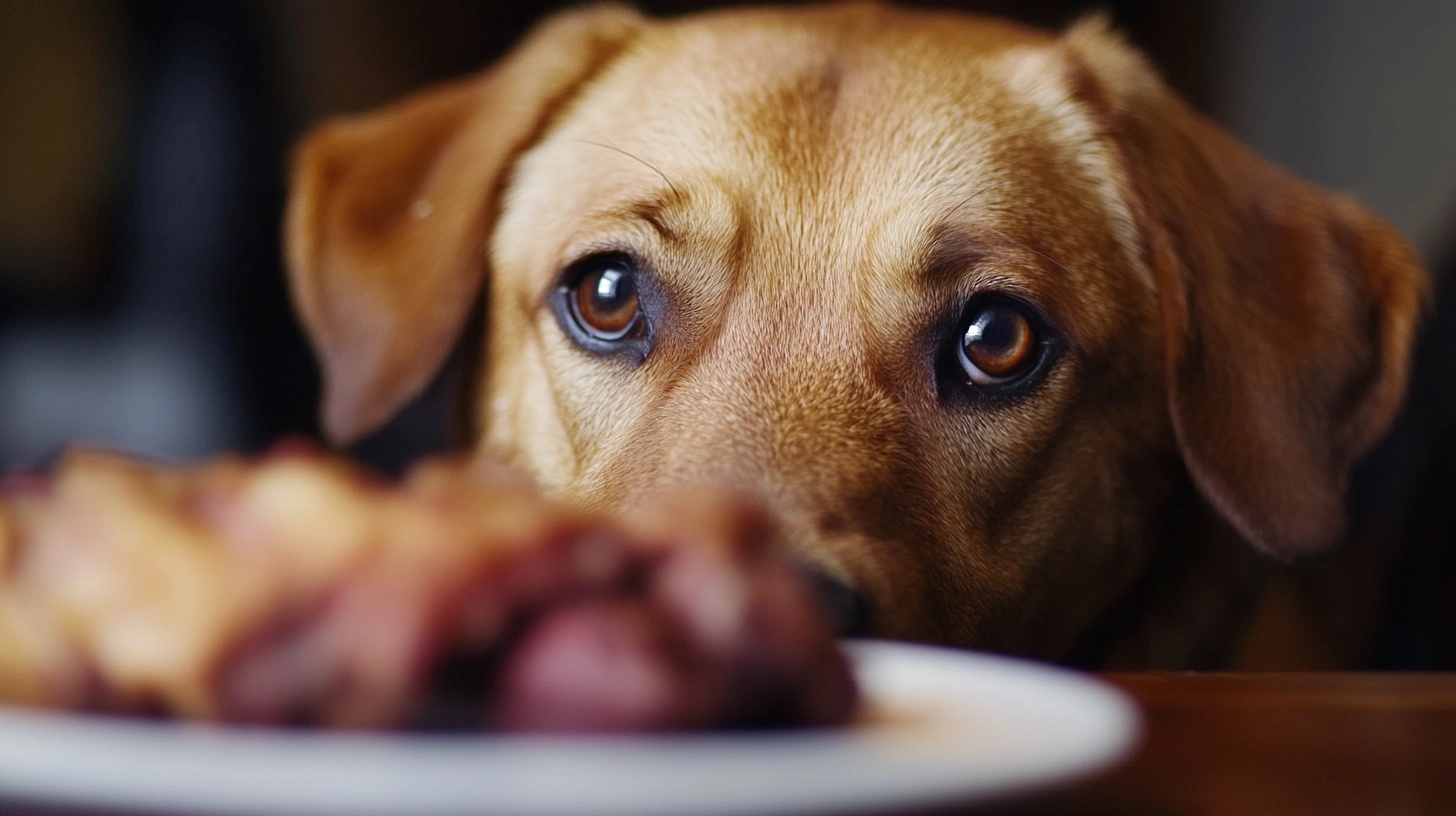Are diets, fasting, and raw food mere fads or a permanent lifestyle? Is it possible to switch a pet to a raw food diet? Let’s figure it out.
Raw food is an opportunity to immerse yourself in the world of our ancestors, to taste and discover the flavor of a natural, unprocessed product. Thermal or steam processing does not subject products to raw food. Everything in the product remains intact, including its structure, smell, taste, and color. With this lifestyle, the immune system strengthens, and more vitality emerges. The body fills itself with vitamins and minerals, amino acids, etc.
However, animals in the human world, from pets to those used in agriculture, are mostly switched to artificially created feeds or processed for convenience in storage and transportation. Urbanization has created a significant business, making it easier for a person returning home from work to open a can or take out a pack of feed than to venture into the field to catch game. But still, animals domesticated by humans were originally wild, and long before humans, evolution adapted and changed their digestive systems to process raw meat, a source of beneficial nutrients and trace elements.
Can you switch your pet to a raw food diet?
As previously discussed in one of our articles, cats are obligate carnivores, and their diet typically consists of small birds, reptiles, insects, and rodents, all of which they can easily hunt and consume. Unlike dogs, cats can consume both animal and plant-based food, indicating their omnivorous nature. They do not need to constantly hunt to meet their food needs and obtain nutrients.
What pet foods are appropriate for a raw diet?

Mainly, these are beef, chicken, duck, venison, turkey, salmon, goose, rabbit, etc. As for pork, it is PROHIBITED! Pork is prohibited due to its potential to harbor a wide range of diseases, including parasitic infections and Aujeszky’s disease, also known as Morbus Aujeszky in Latin, Pseudorabies in English, Aujeszky’s Disease, pseudorabies, infectious bulbar paralysis, and infectious meningoencephalitis. The causative agent of the disease is the Suid herpesvirus. Humans easily contract this type of disease.
You can also provide soup products, such as offal (heart, liver, kidneys), backs, tails, necks, and more.
Vegetables such as carrots, cucumbers, pumpkins, and cabbage, which can cause gas or bloating in animals, are acceptable and should be included in your pet’s diet, along with zucchini, a type of pumpkin, and seasonal berries. You can include eggs, oil, fish (be cautious as many fish species carry parasitic worms), and nuts in your pet’s diet.
Indeed, this diet is impressive, rich in vitamins and trace elements, and a comprehensive source of beneficial nutrition.
But… Is everything really so rosy in raw food? Don’t forget that all these products are raw and have not undergone thermal or steam treatment, which means they can contain dangerous bacteria such as salmonella, We also register several types of worms, including trichinella, echinococcus, and tapeworms, in both pork and beef. They can lead to tissue necrosis, intestinal bleeding, and other problems with internal organs. There may be a deficiency of calcium, iron, and vitamins such as B12 and D.

That is why the Australian veterinarian Jan Billinghurst initiated the B.A.R.F. (Bone And Raw Food) feeding system—in simpler terms, feeding “raw meat and bones.” The idea behind this diet is based on the natural feeding behavior of animals. The doctor concluded that industrial feeds destroy and deteriorate the health of pets. In 1993, he penned the book “Give the Dog a Bone,” in which he explained that the diets of animals on a raw food regimen can vary and change in composition for different types of animals.
For example, in some places, a pet’s diet can consist only of vegetables, bones, and meat, while in others, you can add oil, eggs, and other dairy products. The primary tenet of this feeding system is the absence of grains, as only the intestines of wild game contain cereals and other starch-containing products, and the avoidance of artificial additives.
The B.A.R.F. feeding system uses only raw ingredients in order to bring the composition as close to natural prey as possible. The B.A.R.F. feeding system also recommends a specific percentage of daily food intake, such as 3–5% of the weight of an adult dog/cat and 4–10% of the weight of a kitten or puppy.
The B.A.R.F. feeding system quickly found its supporters and followers, as it is the most balanced and includes not only meat but also accounted for all the essential micronutrients. Additionally, the raw food diet for a pet is determined by its weight. Your pet’s health can be negatively impacted by either an excess or a deficiency of vitamins and amino acids. It would seem that this B.A.R.F. feeding system has only advantages—variety, balance, and usefulness.

You can easily create your pet’s diet with a veterinarian or veterinary nutritionist, skillfully selecting products based on your pet’s preferences. You can control your pet’s weight by accurately calculating the amount of food. You will always be aware of the ingredients in your pet’s diet.
However, not all pets have a preference for meat or soup products, which could lead to a deficiency in minerals and vitamins. Yes, their genome and hundreds of years of evolution embed raw food, but finding an optimal diet that the cat or dog’s body can absorb effectively is quite challenging. Don’t forget about the bacterial risks either. There are several published reports on Salmonella Spp.p and other pathogens in raw diets, where the rates varied from 20% to 48%.Additionally, it’s important to remember that certain animals, such as pets with gastrointestinal, kidney, and other pathologies, already have contraindications to this feeding system.
From all of this, we can conclude that while raw food diets for pets are beneficial, there is always a risk involved. Therefore, owners of such pets must exercise extreme caution and take responsibility for their pets’ health and well-being. Therefore, it is essential to formulate your pet’s diet with a veterinary dietitian (schedule a consultation) or choose high-quality premium class food both dry and wet. Take care of your pets’ health and stay with us.

